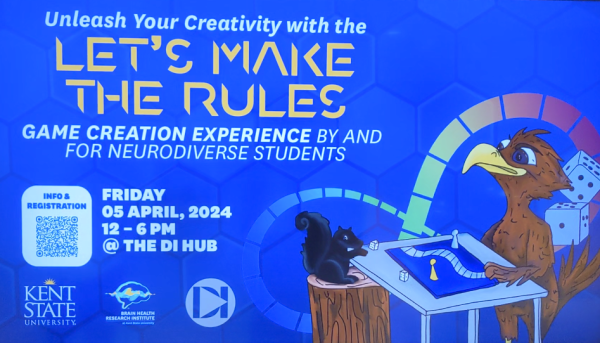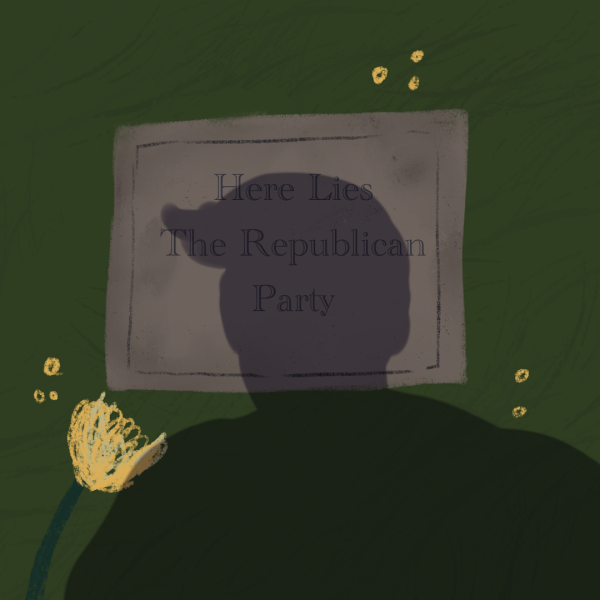First Amendment education needs work
September 25, 2006
It seems amazing that more than 200 years after it was proposed and ratified, the very first change to the U.S. Constitution – the First Amendment – is still a source of discussion and controversy.
Quick quiz: What are the five basic rights guaranteed in the First Amendment?
If you’re an average person, we bet you can name two, maybe three.
The text of the amendment reads:
“Congress shall make no law respecting an establishment of religion, or prohibiting the free exercise thereof; or abridging the freedom of speech, or of the press; or the right of the people peaceably to assemble, and to petition the government for a redress of grievances.”
In the 215 years since it was ratified, those five rights have created some of the most divisive arguments in our society. Just think about the past few years. Can the government restrict where protesters may march? Is a display of the Ten Commandments an endorsement of religion? Does profanity during prime time require action by the Federal Communications Commission? Should a reporter be forced to reveal an anonymous source? Can you burn an American flag?
All are First Amendment discussions. All are still subjects of angry discussions between deeply polarized opposing sides.
Last week, the John S. and James L. Knight Foundation released a 2006 update to its 2004 “Future of the First Amendment” survey. The study examined high school students’ attitudes about the amendment.
This year’s results showed that more students are learning about the First Amendment, and marginally more believe the press has the right amount of freedom to operate as it would like. Even more think the press should be able to publish without needing government approval.
That’s all good stuff. What’s disturbing, though, is that a huge amount of people still believe the press should have some sort of government approval. The Knight survey also revealed that increasing numbers of high school students believe the First Amendment “goes too far in the rights it guarantees” – 45 percent.
It should come as no surprise to anyone that, as journalists, we strongly support the most liberal interpretation of the First Amendment. But we understand how certain events can result in calls for restrictions on the media.
When the New York Times runs a story revealing the existence of another U.S. government secret counter-terrorism program, outrage always explodes as politicians and pundits accuse the publication’s reporters and editors of treason. The assumption is that the media publishes and broadcasts this kind of information to boost sales and raise ratings.
Certainly there are irresponsible and reckless journalists. But by and large, people in the media make deliberate and careful decisions about the information they provide. The reason we operate the way we do is that the many in the government don’t want you to know about certain things – but we believe you have the right to know.
So, if you’re one of the many who believe the First Amendment goes too far, who regard journalists with suspicion, remember this: We work for little money, and few of us will ever achieve fame. But we believe there are stories you deserve to know about, and we’re the only ones working to tell them.
The above editorial is the consensus opinion of the Daily Kent Stater editorial board.























